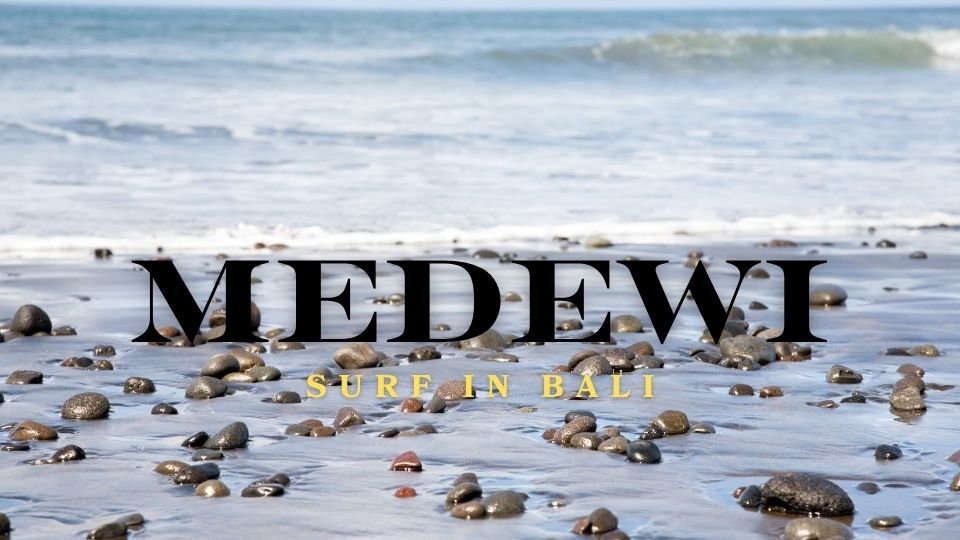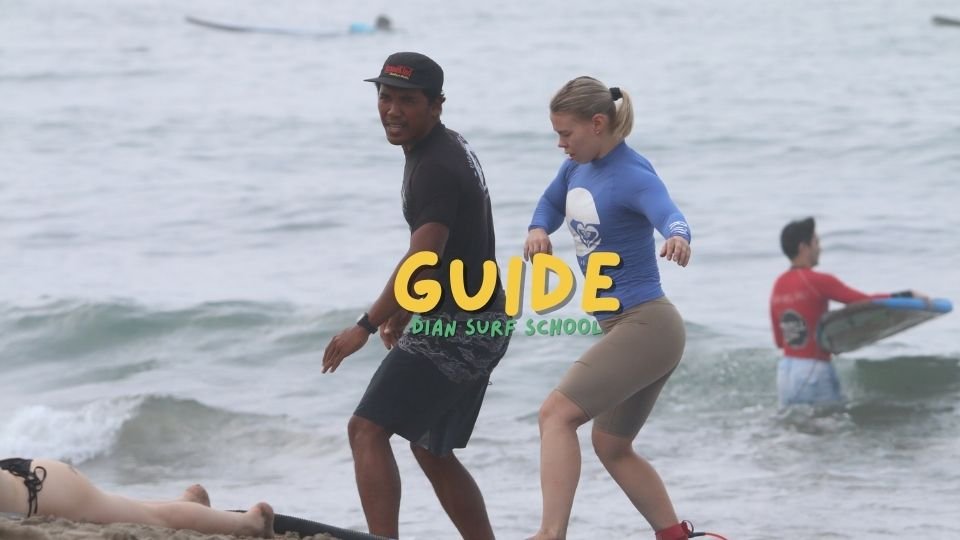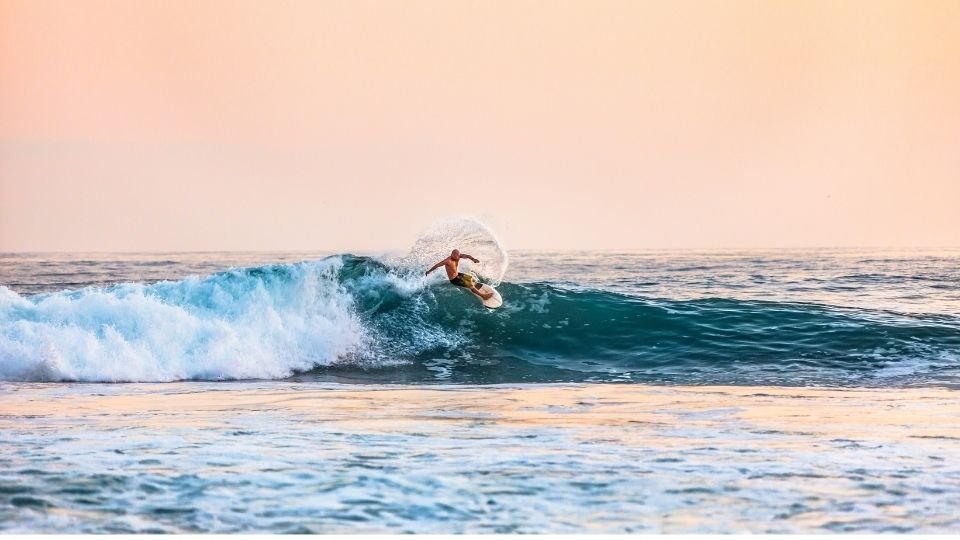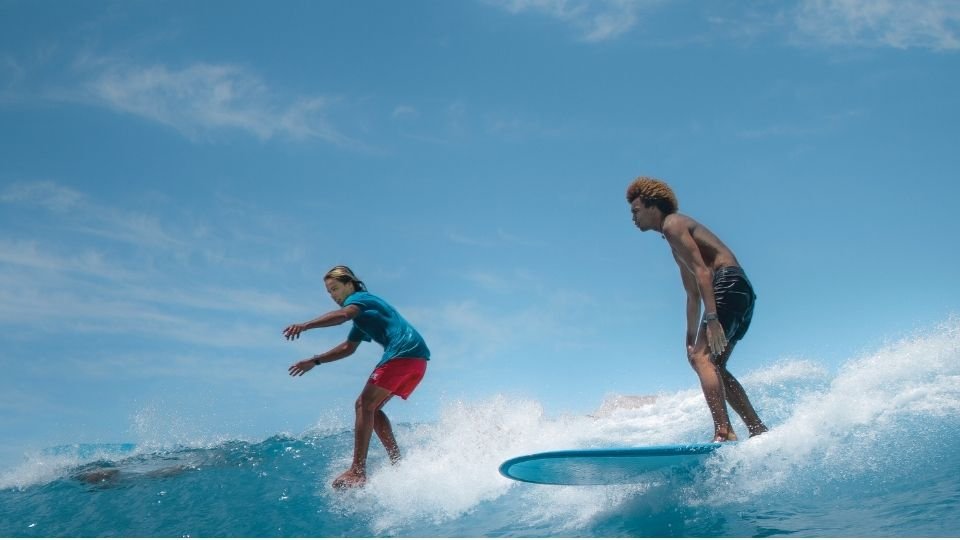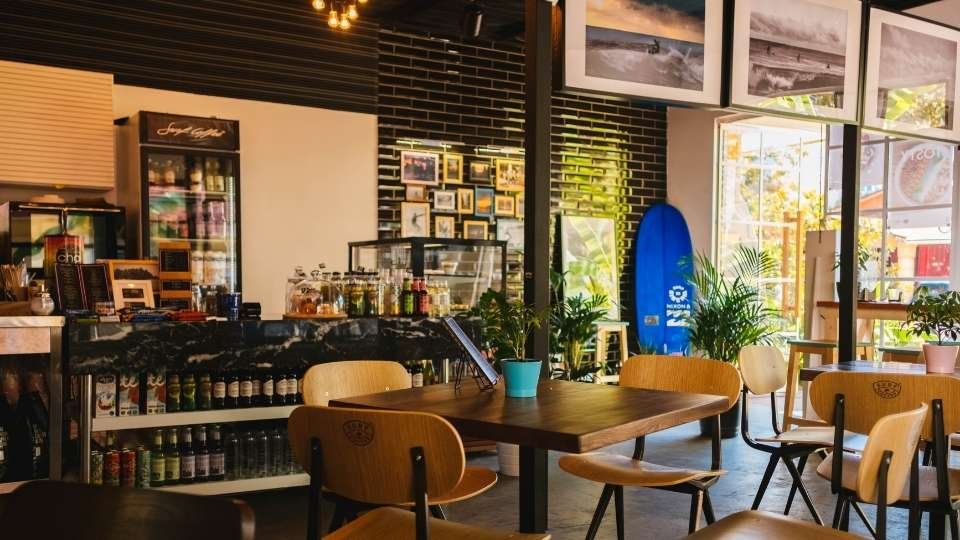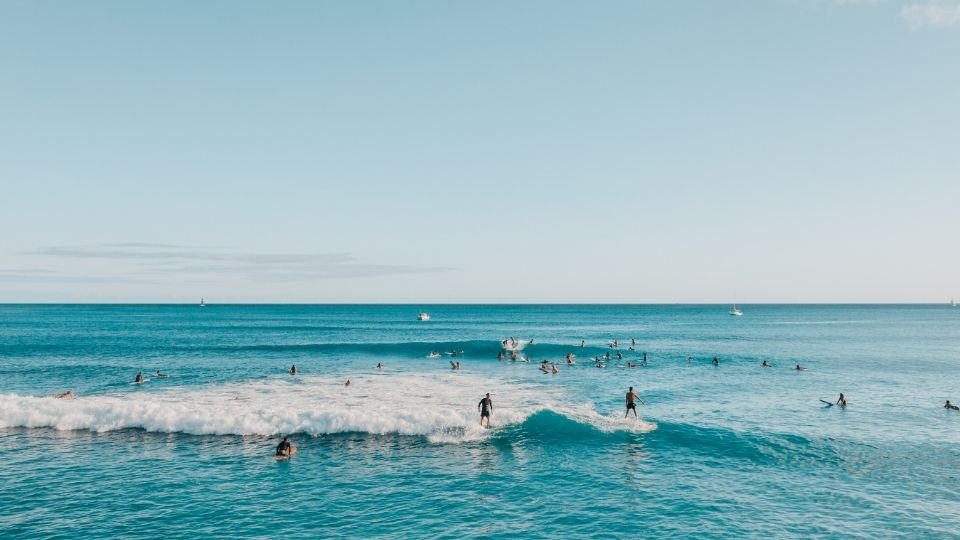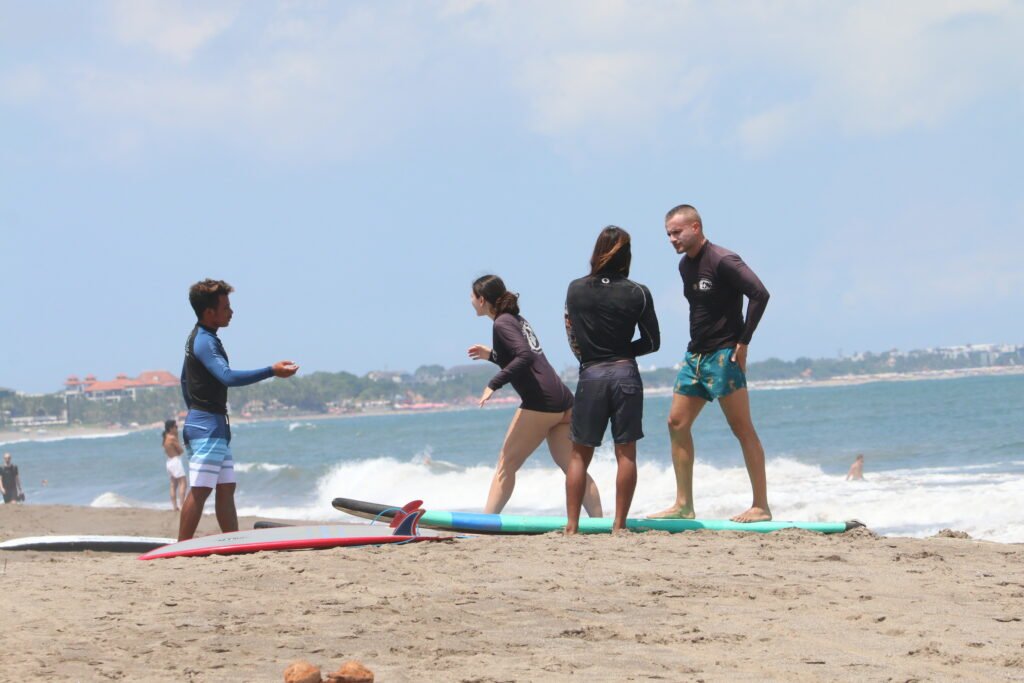
Coffee Shop in Canggu: Your Ultimate Guide to Bali’s Best Cafés Canggu, Bali, has rapidly become a top destination for digital nomads, surfers, and coffee enthusiasts. This trendy beachside town is known for its relaxed vibe, world-class surf breaks, and—most importantly—its thriving café culture. Whether you’re seeking the best coffee shop in Canggu for remote work, a place to unwind after surfing, or just a cozy spot to sip a delicious brew, this guide will show you the top coffee shops in Canggu you can’t miss.
From minimalist cafés to lush garden hideaways, Canggu offers a variety of coffee spots that blend great coffee with Bali’s unique charm. If you’re a coffee lover or a traveler looking to experience the best of Canggu, this article Coffee Shop in Canggu: Your Ultimate Guide to Bali’s Best Cafés will help you find the perfect spot to fuel up.
Why Canggu is the Best Coffee Destination in Bali
Canggu is more than just a beautiful coastal town—it’s a hotspot for coffee lovers. Thanks to an influx of international visitors and digital nomads, the coffee scene here has flourished. Coffee shops in Canggu, Bali, are known for their high-quality brews, relaxing ambiance, and healthy menu options. Many of these cafés not only serve fantastic espresso drinks but also offer a full experience, combining great coffee with a welcoming atmosphere.
The Best Coffee Shops in Canggu
Here are the best coffee shops in Canggu, offering everything from premium espresso to unique, locally-inspired beverages.
1. Crate Café: The Iconic Canggu Coffee Spot
Crate Café is a must-visit for anyone in Canggu. Located in the heart of this bustling town, Crate is famous for its laid-back atmosphere and high-quality coffee. The minimalist decor, with its sleek concrete tables and vibrant street art, creates a perfect backdrop for enjoying a delicious latte or iced coffee.
Crate’s menu features a variety of healthy breakfast options and smoothie bowls, making it a favorite among the health-conscious crowd. It’s the ideal spot for remote workers and surfers alike, offering a relaxing place to get some work done or fuel up before hitting the waves.
2. The Shady Shack: A Tranquil Garden Escape
If you’re looking for a café surrounded by lush greenery, The Shady Shack is the perfect place. Located a short distance from the beach, this vegetarian café offers a peaceful retreat where you can enjoy a cup of freshly brewed coffee while surrounded by tropical plants.
Their almond milk lattes and vegan-friendly dishes are particularly popular, and the serene garden seating makes it an ideal location for relaxation or casual meetings. For those seeking a quieter, more intimate vibe, The Shady Shack is a hidden gem in Canggu.
3. BGS Bali (Bali General Store): Surf, Coffee, and Style
For surf enthusiasts, BGS Bali is the perfect place to grab a coffee after a session at Echo Beach. Located close to the beach, this stylish café is known for its smooth cold brews and surf-inspired aesthetic. The vibe is laid-back, and it’s a popular spot for digital nomads looking for a mix of great coffee and work-friendly ambiance.
BGS Bali also sells eco-friendly products and surf gear, making it a one-stop shop for both coffee and surf lovers. Their menu includes an assortment of smoothies, sandwiches, and healthy bites that complement their excellent coffee.
4. Satu-Satu Coffee Company: A Focus on Local Beans
If you’re looking to experience authentic Balinese coffee, head to Satu-Satu Coffee Company. This family-owned café roasts its own beans, offering both traditional and contemporary coffee blends. It’s a small but welcoming space, and their single-origin espresso is a standout.
Satu-Satu Coffee Company is also a great place to learn about Bali’s coffee-growing regions, as they source their beans directly from local farmers. Whether you’re a coffee connoisseur or simply someone who loves a good cup of coffee, this café is worth a visit.
5. Rise & Shine Café: Bright and Inviting
Rise & Shine Café is a newer addition to the Canggu coffee scene, but it’s quickly becoming a favorite. The café’s modern, minimalistic décor and sunny atmosphere make it a perfect spot to start your day. They offer a variety of coffee options, from flat whites to iced lattes, made with locally sourced beans.
If you’re in the mood for something light, their healthy breakfast options, like avocado toast and smoothie bowls, pair perfectly with their coffee selection. Whether you’re working remotely or just looking to enjoy a cup in peace, Rise & Shine Café is an excellent choice.
Coffee and Beyond: Canggu’s Café Culture
While coffee is the main attraction, the café scene in Canggu also includes healthy food options, co-working spaces, and unique cultural experiences. Many cafés in Canggu are designed with remote workers in mind, offering fast Wi-Fi, ample seating, and power outlets to ensure a productive day.
In addition to coffee, many cafés offer refreshing smoothie bowls, vegan dishes, and gluten-free options. Whether you’re looking for a quick bite or a full meal, the cafés in Canggu cater to a variety of dietary preferences. The combination of delicious food, great coffee, and a vibrant atmosphere makes Canggu the ultimate café destination.
Sustainability in Canggu’s Coffee Scene
Sustainability is an important aspect of Canggu’s café culture. Many coffee shops here are dedicated to reducing their environmental impact by using compostable straws, offering discounts for reusable cups, and sourcing ingredients from local farms. Cafés like Alter Ego and Ruko Café are leading the charge in promoting eco-friendly practices and supporting the local community.
If you’re looking to reduce your carbon footprint while enjoying your coffee, be sure to check out these sustainable cafés in Canggu.
When to Visit Coffee Shops in Canggu
The best time to visit coffee shops in Canggu, Bali is early in the morning, from around 7:30 to 9:00 AM, when the cafés are less crowded, and the atmosphere is peaceful. The early morning hours also provide a great opportunity to enjoy a sunrise coffee with a view of the beach or the lush rice fields.
In the afternoon, many coffee shops tend to be quieter, making it a great time for reading, catching up on work, or simply relaxing. However, weekends tend to be busier, so plan accordingly if you prefer a more laid-back experience.
Final Thoughts: Exploring Coffee Shop in Canggu
Canggu is home to some of the best coffee shops in Bali, offering everything from expertly brewed espresso to healthy bites and a welcoming atmosphere. Whether you’re a surfer, digital nomad, or traveler, Canggu’s café scene has something for everyone. From iconic spots like Crate Café to hidden gems like Satu-Satu Coffee Company, each café has its own charm and unique offerings. So next time you’re in Bali, be sure to take the time to explore the coffee shops of Canggu. You’ll not only enjoy delicious coffee but also get a taste of the creative and sustainable culture that makes this town so special.


